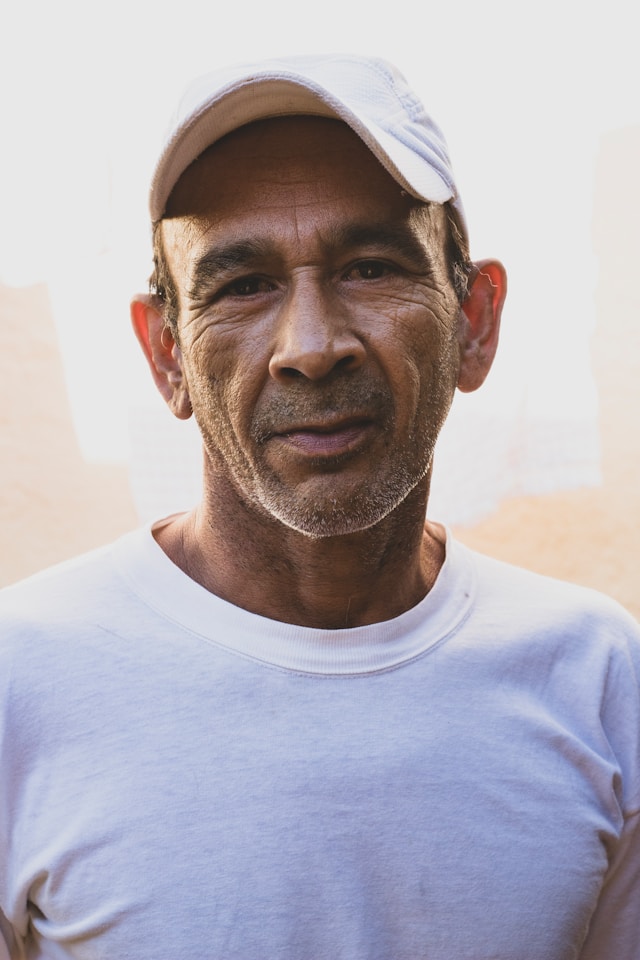Mona Lisa and the Blood Moon Ending Explained
TL;DR:
The ending of Mona Lisa and the Blood Moon (2021) concludes with Mona, a young woman with supernatural mind-control abilities, escaping New Orleans after a chaotic journey of self-discovery and fleeting connections. She leaves behind Bonnie, a stripper who initially exploited her powers, and Fuzz, a drug dealer who befriended her. The film's ambiguous finale sees Mona boarding a bus to an unknown destination, symbolizing her eternal struggle for freedom and belonging. The Blood Moon, a recurring motif, represents the cyclical nature of her life-constantly running, never truly free. The ending leaves her fate open-ended, emphasizing themes of isolation and the search for identity.
Detailed Explanation of the Ending
The climax of Mona Lisa and the Blood Moon unfolds as Mona (Jeon Jong-seo), having used her psychic powers to manipulate those around her, finally severs ties with Bonnie (Kate Hudson), who had been using her abilities for personal gain. After a violent confrontation with the authorities and a series of betrayals, Mona realizes that no one in her chaotic world truly cares for her beyond what she can do for them. The only genuine connection she forms is with Fuzz (Ed Skrein), a low-level criminal who shows her kindness without ulterior motives. However, even this bond is fleeting, as Mona understands that staying in one place-or with anyone-puts her at risk of being controlled or captured.
The final scene shows Mona boarding a bus under the glow of the Blood Moon, a celestial phenomenon that has been a recurring symbol throughout the film. The moon represents both her power and her curse-it gives her abilities but also marks her as an outcast, forever hunted. As the bus drives away, the camera lingers on her face, expressionless yet subtly hopeful, leaving her future uncertain. The open-ended nature of the ending suggests that Mona's journey is cyclical; she will always be running, always searching for a place where she can exist without fear.
Unresolved Questions & Possible Answers
- Where is Mona going?
- She might be heading toward another city, continuing her life on the run.
- Alternatively, she could be seeking a place where her powers are accepted, possibly a supernatural community.
- Will she ever find true freedom?
- Given the film's themes, it's unlikely-her powers make her both powerful and perpetually vulnerable.
- She may learn to control her abilities better, but true peace seems distant.
- What was the significance of the Blood Moon?
- It could represent the peak of her powers or a moment of transformation.
- It might also symbolize destiny-her life is tied to forces beyond her control.
Personal Opinion on the Ending & Film
The ending of Mona Lisa and the Blood Moon is deliberately ambiguous, which works in its favor. Mona is a character who defies easy categorization-she's neither a hero nor a villain, just someone trying to survive in a world that fears her. The film's neon-drenched, surreal atmosphere complements her journey, making New Orleans feel like a purgatory where she's neither fully human nor fully supernatural. While some may find the lack of closure frustrating, I think it fits the narrative perfectly. Mona's story isn't about resolution; it's about the endless struggle for autonomy in a world that seeks to exploit or destroy those who are different.
The film itself is a hypnotic blend of fantasy and gritty realism, anchored by Jeon Jong-seo's mesmerizing performance. The ending leaves a haunting impression, reinforcing the idea that some people are destined to remain outsiders. Whether Mona finds peace is irrelevant-what matters is that she keeps moving, a lone figure under an uncaring moon. The Blood Moon may rise again, and so will her battles, but for now, she's free in the only way she knows how: transient, untethered, and alive.
